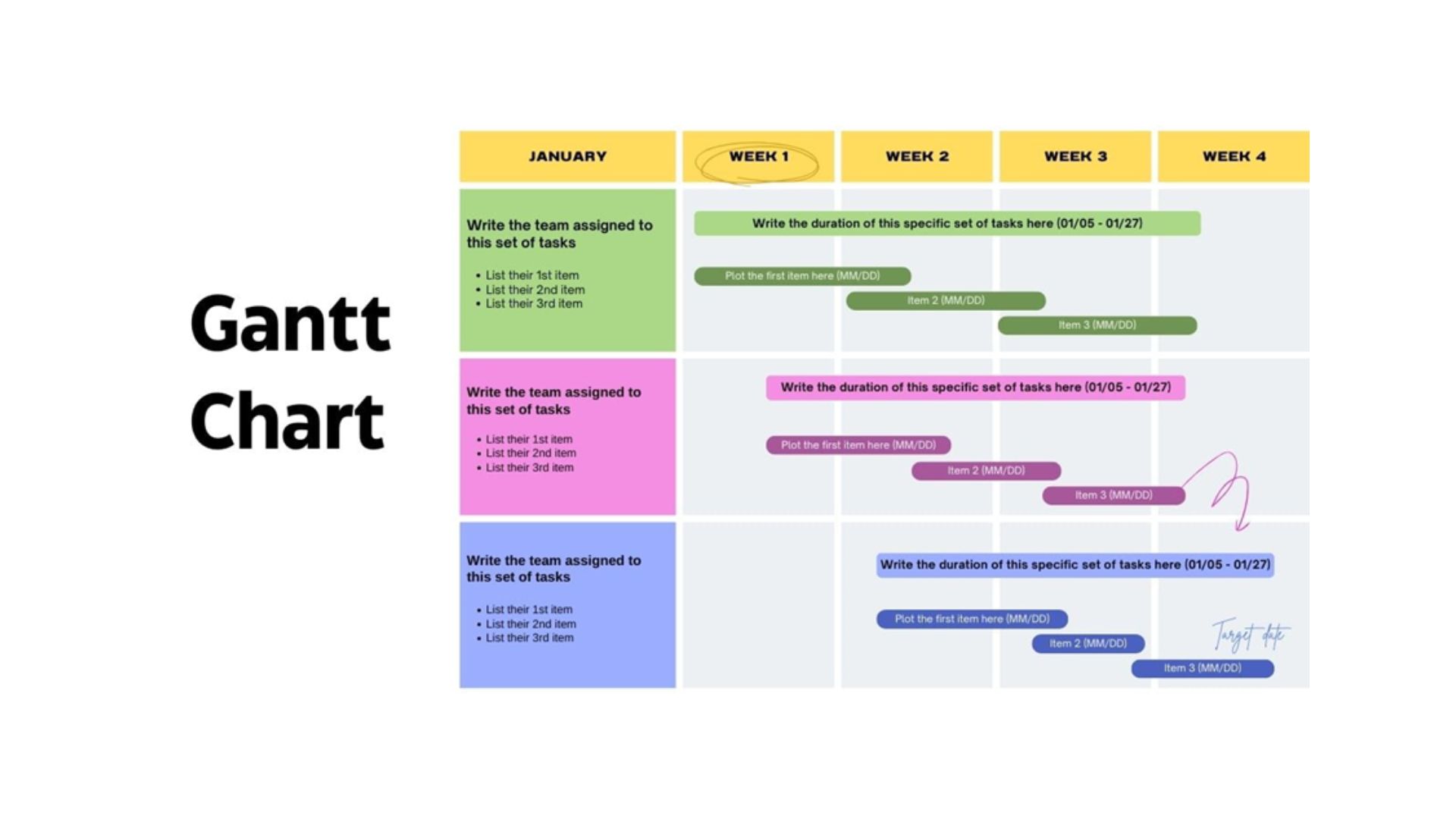Is SAP’s HANA Gaining Traction with Platform Approach?
WHAT WE HAVE ON THIS PAGE
Interest in in-memory database technology is picking up, thanks to the speed with which it can retrieve data when compared to traditional disk-based systems. SAP introduced its in-memory HANA database management system in late 2010 and had the market largely to itself until recently, when competitors IBM, Oracle and Microsoft announced major in-memory products.
IBM now offers BLU Acceleration for DB2, a product designed for analytics applications. After years of development, Microsoft rolled out In-Memory OLTP for transactional applications for customers using SQL Server 2014. Oracle just introduced an in-memory option for Oracle Database 12c. A slew of startups like Aerospike and VoltDB also sell in-memory solutions.
Unlike its competitors, SAP is going all in by promoting the idea of HANA as a platform that encompasses analytics, an application server and other data management features. It also uses HANA to deliver its managed services and software-as-a-service offerings. Dan Lahl, VP of Product Marketing, said this gives it an edge over the other companies.
HANA’s Platform Play
Lahl likened SAP to Tesla, the electric car manufacturer, noting that while electric cars make up a small sliver of the market today, momentum is growing. “Not everybody is going to buy a Tesla today, but I think over time everyone will have an electric car,” he said. “We will come to a place where we say, ‘We have to do it differently than we are doing it today.'”
About 4,000 SAP customers have licensed HANA, Lahl said. A growing number of them are moving toward using HANA as a platform rather than deploying applications in a one-off fashion, he added, mentioning Unilever, Medtronic , McKesson and Vodafone as examples.
McKesson created a custom dashboarding application to identify problems that need to be addressed in its supply chain. Medtronic is running a half dozen SAP applications on a single HANA instance. Other SAP customers using HANA include EMC, the NBA and eBay.
Dealing with Big Data
Germany’s National Center for Tumor Diseases (NCT) is using HANA to advance its goal of identifying individualized treatment plans for patients based on their specific molecular profiles. This type of treatment requires mass genome analysis and consolidation of massive data volumes from many different data sources, structured ones such as tumor documentation, medical records and clinical trials, as well as unstructured ones such as biomarker data extracted from patient evaluation letters, treatment guidelines, trial reports, medical publications and images.
Hospitals and medical researchers collect lots of data, said Christof von Kalle, NCT’s director of translational oncology, but it tends to be stored in multiple proprietary systems – not so different from many enterprises with their heterogeneous systems. Using HANA, NCT has created a data warehouse layer where all of the data, both structured and unstructured, can be consolidated. This allows NCT to obtain more detailed documentation throughout a patient’s treatment, from enrollment in clinical trials to post-discharge follow-up.
SAP worked with NCT on building a pilot instance of HANA last year, a process that took about three months, and then on creating an operational version, which required a similar amount of time, von Kalle said. NCT hopes the system will be “fully functional” by the end of the year.
The challenges NCT is experiencing with HANA relate more to processes than technology, von Kalle said. Opening up access to so much data has created new questions regarding data ownership and data security. So, for example, NCT is looking at solutions that would automatically remove patient identities from records that can be used for broader research efforts. “With the technology available, it turns theoretical questions into something very practical,” he said.
Ultimately, he said, the desired result is for medical professionals to spend less time hunting for information and more time consulting directly with their patients.
Business Cases for HANA
Still, not all SAP customers are sold on HANA. In a recent survey of Americas’ SAP Users’ Group members, three-quarters of the 50 percent of respondents who had not yet purchased any HANA products said they could not identify a compelling business case for HANA.
Also according to the survey, BW was the top application among HANA users, with 65 percent of them using it, followed by Business Suite and custom analytics. Lahl said SAP is “seeing good traction” in adoption of Business Suite, a bundle of CRM, ERP, HCM, product lifecycle management and supply chain management applications. More than 1,000 customers have purchased Business Suite on HANA, he said.
“The vision SAP had for the product is starting to come true with our forward-moving customers,” Lahl said. “HANA started out as an immature product, but now we are seeing customers using it as a mature platform. The more we can optimize our application stack for those customers as we’ve done with BW 7.4 and with Smart Financials, the more we can do to collapse complexity into a stack-based system, the more you’ll see broader adoption.”
Ann All is the editor of Enterprise Apps Today and eSecurity Planet. She has covered business and technology for more than a decade, writing about everything from business intelligence to virtualization.

Public relations, digital marketing, journalism, copywriting. I have done it all so I am able to communicate any information in a professional manner. Recent work includes creating compelling digital content, and applying SEO strategies to increase website performance. I am a skilled copy editor who can manage budgets and people.








